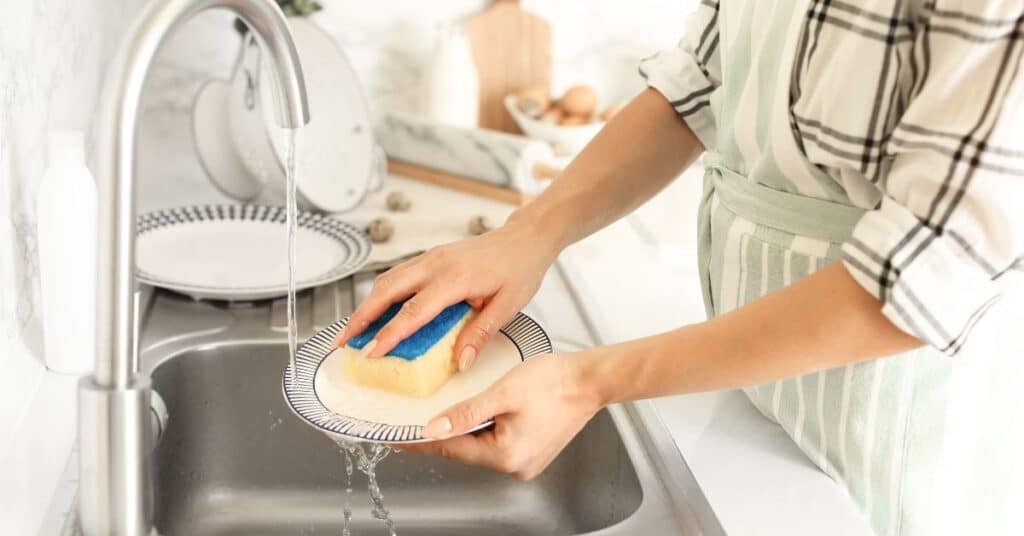

We spend a lot of time thinking about the foods we routinely eat, and rightly so. Nutrition plays a leading role in determining our health and disease outcomes; with our society facing epidemics of lifestyle-related diseases like heart disease, diabetes, and cancer, you might argue nutrition has never been more important. But food isn’t the only thing in the home that affects our health. Many household products, especially in the kitchen, have been linked to adverse health conditions (e.g., disrupted gut health, hormone imbalance, and type II diabetes).
Kitchen products are a smart place to start because they come into contact with the food and water we ingest daily. But it can be difficult to know where to begin. The Environmental Protection Agency (EPA) has estimated that there are 84,000 different chemicals used in everyday products.[1] Most of these, 62,000, were grandfathered in by the Toxic Substances and Control Act (TSCA) without ever being tested for their effects on our health. Less than 1% have been tested for human safety![2]
The concern for most of us is chronic, low-dose exposure to these chemicals, which might result in the negative health outcomes mentioned above. By reducing our exposure we can reduce the toxic burden on our gut, endocrine system, and overall health.
Let’s explore three of the most common chemicals you can reduce your exposure to and how to find toxin-free alternatives.
There are 30–40 different variants of bisphenol, but BPA is the most widely used and well-known.
It was initially used as a synthetic estrogen until researchers discovered it could be used to harden plastics. Over six billion pounds of BPA are produced annually, with over 100 tons released into the atmosphere from production.[1] It has been linked to insulin resistance, gut dysbiosis, and hormone disruption.[3][4]
But where is BPA found in the kitchen? And how do we minimize our exposure?

Also, even when items are marketed as BPA-free, you might still want to exercise caution. In many cases, the manufacturer might be using a variant of bisphenol that could have similarly harmful effects.
These are a ubiquitous class of chemicals that have many uses depending on their molecular weight: phthalates with lower molecular weight are used to bind scents in products; phthalates with higher molecular weight are used to make plastics more flexible.
They have been linked to gut microbiota composition disruption, increased intestinal permeability, and insulin resistance.[5][6][7]
Unfortunately, it is difficult to tell whether they are contained in a product by reading its ingredient list. They are often hidden behind the word “fragrance,” which is considered proprietary info and therefore does not have to be disclosed on the ingredient list.
Sources in the kitchen include:
My favorite toxin-free brands are Branch Basics, Molly’s Suds, Aunt Fannie’s, Force of Nature, and Greenshield Organic.

These synthetic chemicals are also known as forever chemicals. Because of how slowly they break down, they remain in the environment for a long time. They are found worldwide in water, air, fish, and soil, and they have been linked to increased cholesterol, inflammatory bowel disease, thyroid issues, and hormone disruption.[9][10]
Despite these concerns, they are used to add non-stick, stain-resistant, and water-resistant coating, making them very common in cookware.
Unless we avoid PFAS-containing cookware, bakeware, and air fryers, these chemicals can routinely end up in our food. A single scratch on a non-stick pan can release over 9,000 PFAS particles.[8]
What should we opt for instead?
Some of my favorite brands are Cuisinart stainless steel, Lodge cast iron, and Xtrema ceramic cookware.
Copyright 2025 Center for Nutrition Studies. All rights reserved.